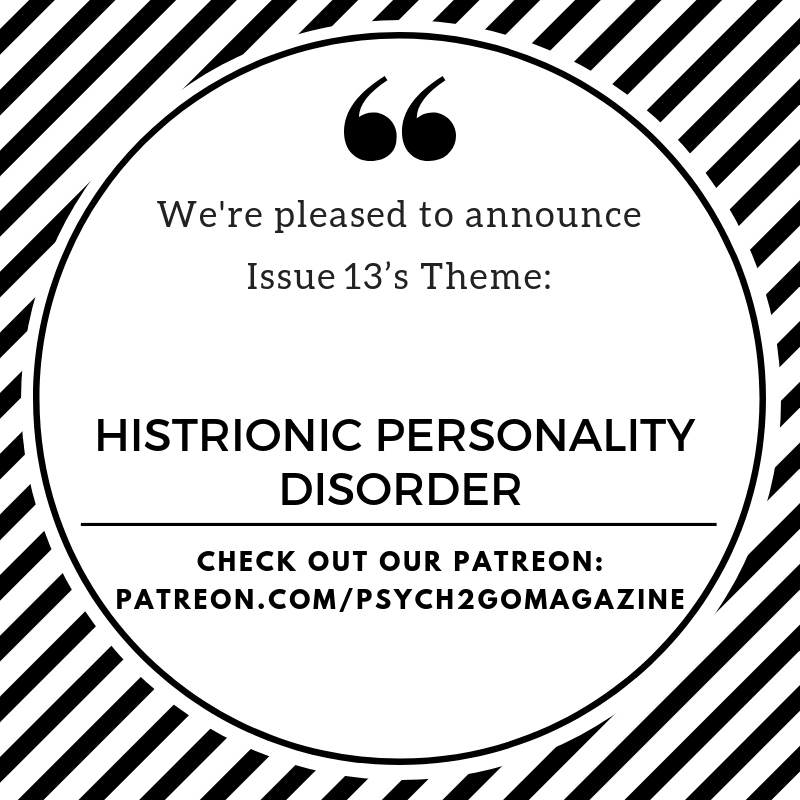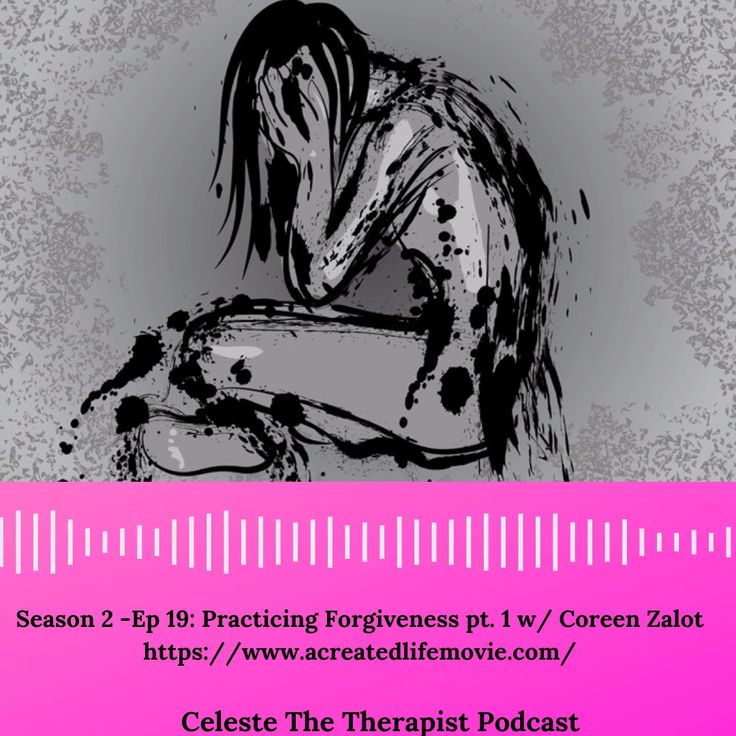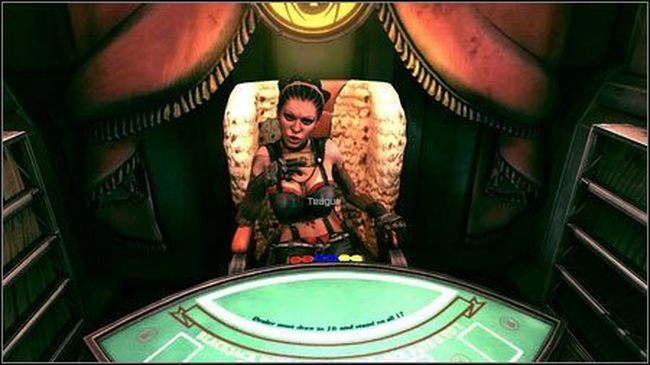Narcissist manic phase
Narcissistic Signal, Stimulus, and Hibernation Mini-Cycles
-
Watch the video on Narcissistic Cycles
I know a narcissist intimately. Sometimes he is hyperactive, full of ideas, optimism, plans. At other times, he is hypoactive, almost zombie-like.
Answer:You are witnessing the narcissistic signal-stimulus-hibernation mini-cycle. Narcissists go through euphoric and dysphoric cycles. These are long cycles. They are dilated, all encompassing, all consuming and all-pervasive. They are different from manic-depressive cycles (in the Bipolar Disorder) in that they are reactive, caused by easily identifiable external events or circumstances.
For instance: the narcissist reacts with dysphoria and anhedonia when he loses his Pathological Narcissistic Space, or in a major life crises (financial problems, divorce, imprisonment, loss of social status and peer appreciation, death in the family, crippling illness, etc.
).
But the narcissist also goes through much shorter and much weaker cycles. He experiences brief periods of mania. Then he can be entertaining, charming, and charismatic. Then he is "full of ideas and plans", attractive and leader-like. In the manic phase, he is restless (often insomniac), full of pent up energy, explosive, dramatic, creative, an excellent performer and manager.
Suddenly, and often for no apparent reason, he becomes subdued, depressed, devoid of energy, pessimistic, and "zombie-like". He oversleeps, his eating patterns change, he is slow and pays no attention to his external appearance or to the impression that he leaves on others.
The contrast is very sharp and striking. While in the manic phase, the narcissist is talkative and gregarious. In the depressive phase he is passively-aggressively silent and schizoid. He vacillates between being imaginative and being dull, being social and being antisocial, being obsessed with time management and achievement and lying in bed for hours, being a leader and being led.
These mini-cycles, though outwardly manic-depressive (or cyclothymic) - are not. They are the result of subtle fluctuations in the volatile flow of Narcissistic Supply.
The narcissist is addicted to Narcissistic Supply: admiration, adoration, approval, attention and so on. All his activities, thoughts, plans, aspirations, inspiration, and daydreams - in short, all the aspects of his life - are dedicated to regulating the flow of such supply and to rendering it relatively stable and predictable.
The narcissist even resorts to Secondary Narcissistic Supply Sources (a spouse, his colleagues, or his business - SNSS) in order to "accumulate" a reserve of past Narcissistic Supply for times of short supply. The SNSS do this by witnessing the narcissist's accomplishments and moments of grandeur and recounting what they saw when he is down and low. Thus, the SNSS smooth and regulate the vicissitudes of the supply emanating from the Primary Narcissistic Supply Sources (PNSS).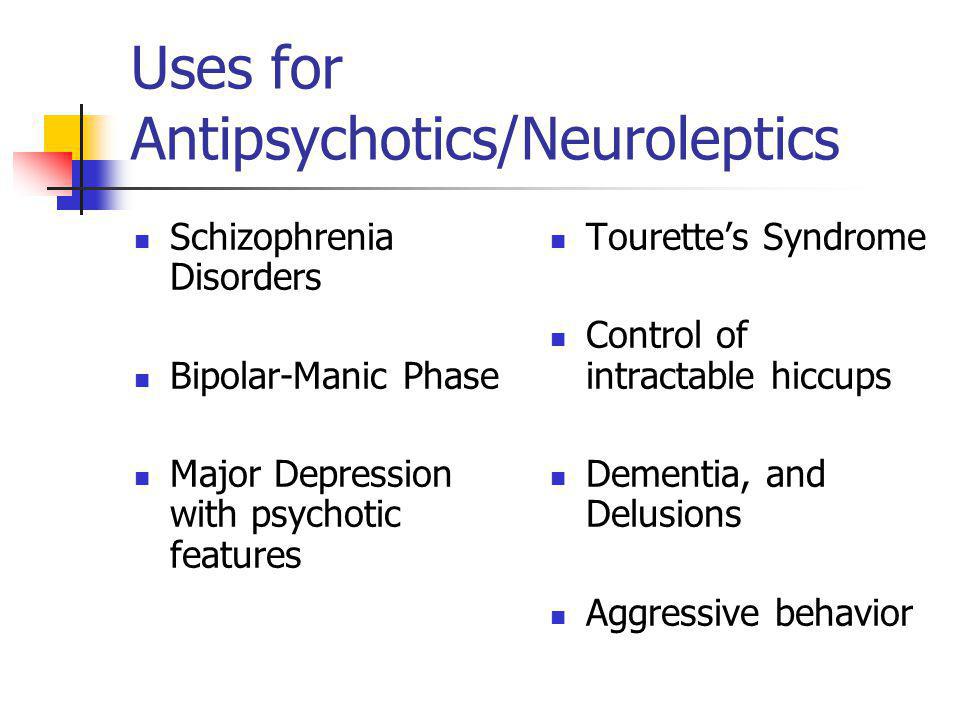
But the very process of obtaining and securing Narcissistic Supply, in the first place, is complex and multi-phased.
First there is a depressive phase. To obtain Narcissistic Supply, the narcissist has to toil. He has to work hard to create Sources of Supply (PNSS, SNSS) and to maintain them. These are demanding tasks. They are often very tiring. Exhaustion plays a major role in the mini-cycles. His energy depleted, his creativity at its end, his resources stretched to the maximum, the narcissist reposes, "plays dead", withdraws from life. This is the phase of "narcissistic hibernation".
The narcissist invariably goes into narcissistic hibernation before the emission of a narcissistic signal (see below). He does so in order to gather the energies that he knows are going to be needed in the later phases. During his hibernation, he surveys the terrain, in an effort to determine the richest and most rewarding sources, veins and venues of Narcissistic Supply. He contemplates the possible structures of various signals, in order to ensure that the most effective one is emitted.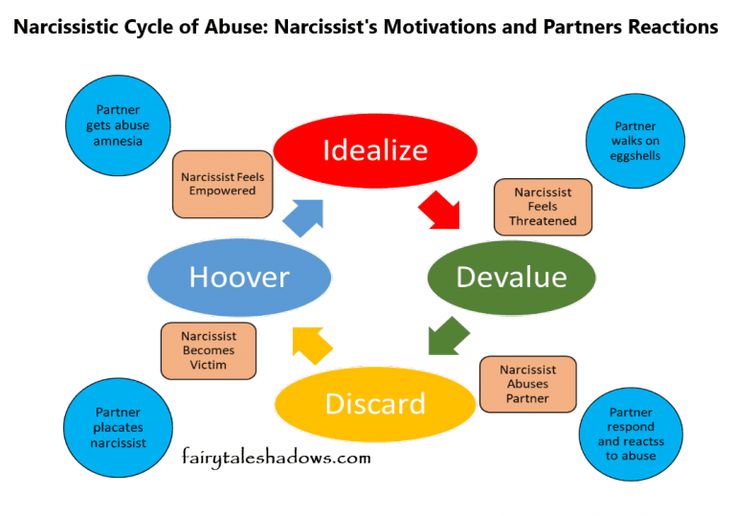
Building up his energy reserves during the hibernation phase is crucial. The narcissist knows that even the manic phase of the mini-cycle, following the receipt of the narcissistic stimulus (see below) is taxing and laborious.
Having thus reposed, the narcissist is ready to go. He jumps start the cycle by emitting a "narcissistic signal". It is a message - written, verbal, or behavioural - intended to foster the generation of Narcissistic Supply. The narcissist may send letters to magazines, offering to write for them (for free, if need be). He may dress, behave, or make statements intended to elicit admiration or opprobrium (in short, attention). He may consistently and continuously describe himself in glamorous and flattering terms (or, conversely, fish for compliments by berating himself and his achievements).
Anything goes in order to become well known and to impress people.
Narcissistic signals are automatically triggered and emitted whenever an important element changes in a narcissist's life: his workplace, his domicile, his position, or his spouse.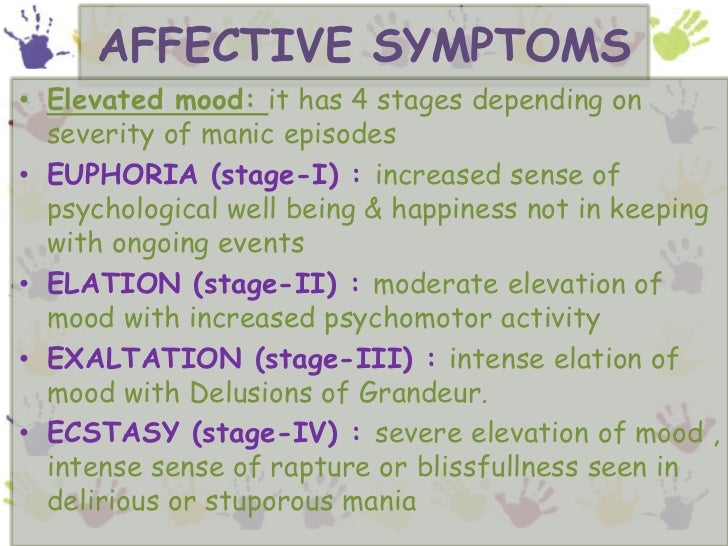 They are intended to re-establish the equilibrium between the uncertainty which inevitably follows such changes and the narcissist's inner turmoil which is the result of the disruption of the patterns and flows of Narcissistic Supply caused by said changes.
They are intended to re-establish the equilibrium between the uncertainty which inevitably follows such changes and the narcissist's inner turmoil which is the result of the disruption of the patterns and flows of Narcissistic Supply caused by said changes.
Ideally, the narcissistic signal elicits a "narcissistic stimulus". This is a positive sign or response from the recipients of the signal indicating their willingness to swallow the narcissist's bait and to provide him with Narcissistic Supply. Such a stimulus brings the narcissist back to life. It energises him. Once more, he becomes a fountain of ideas, plans, schedules, visions and dreams.
The narcissistic stimulus pushes the narcissist into the manic phase of the mini-cycle.
Thus, caught between mini-cycles of mania and depression and bigger cycles of euphoria and dysphoria - the narcissist leads his tumultuous life. It is no wonder that he gradually evolves into a paranoid. It is easy to feel persecuted and at the mercy of forces mysterious, capricious and powerful when this, indeed, is the case.
next: Narcissistic Allocation
APA Reference
Vaknin, S. (2008, November 19). Narcissistic Signal, Stimulus, and Hibernation Mini-Cycles, HealthyPlace. Retrieved on 2022, October 28 from https://www.healthyplace.com/personality-disorders/malignant-self-love/narcissistic-signal-stimulus-and-hibernation-mini-cycles
Misdiagnosing Narcissism - The Bipolar I Disorder
B
- Watch the video on Bipolar Disorder and Narcissism
The manic phase of Bipolar I Disorder is often misdiagnosed as Narcissistic Personality Disorder (NPD).
Bipolar patients in the manic phase exhibit many of the signs and symptoms of pathological narcissism - hyperactivity, self-centeredness, lack of empathy, and control freakery. During this recurring chapter of the disease, the patient is euphoric, has grandiose fantasies, spins unrealistic schemes, and has frequent rage attacks (is irritable) if her or his wishes and plans are (inevitably) frustrated.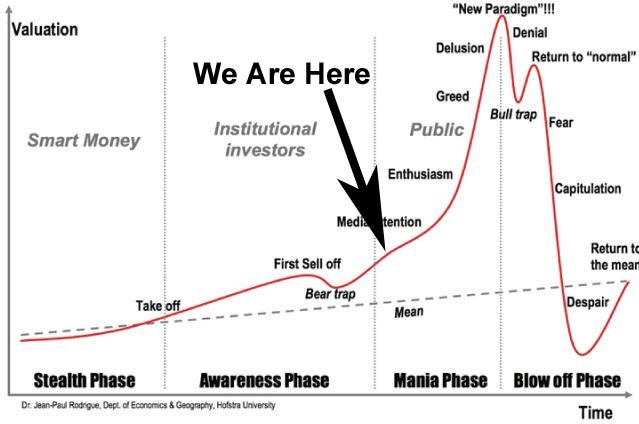
The manic phases of the bipolar disorder, however, are limited in time - NPD is not. Furthermore, the mania is followed by - usually protracted - depressive episodes. The narcissist is also frequently dysphoric. But whereas the bipolar sinks into deep self-deprecation, self-devaluation, unbounded pessimism, all-pervasive guilt and anhedonia - the narcissist, even when depressed, never forgoes his narcissism: his grandiosity, sense of entitlement, haughtiness, and lack of empathy.
Narcissistic dysphorias are much shorter and reactive - they constitute a response to the Grandiosity Gap. In plain words, the narcissist is dejected when confronted with the abyss between his inflated self-image and grandiose fantasies - and the drab reality of his life: his failures, lack of accomplishments, disintegrating interpersonal relationships, and low status. Yet, one dose of Narcissistic Supply is enough to elevate the narcissists from the depth of misery to the heights of manic euphoria.
Not so with the bipolar. The source of her or his mood swings is assumed to be brain biochemistry - not the availability of Narcissistic Supply. Whereas the narcissist is in full control of his faculties, even when maximally agitated, the bipolar often feels that s/he has lost control of his/her brain ("flight of ideas"), his/her speech, his/her attention span (distractibility), and his/her motor functions.
The bipolar is prone to reckless behaviors and substance abuse only during the manic phase. The narcissist does drugs, drinks, gambles, shops on credit, indulges in unsafe sex or in other compulsive behaviors both when elated and when deflated.
As a rule, the bipolar's manic phase interferes with his/her social and occupational functioning. Many narcissists, in contrast, reach the highest rungs of their community, church, firm, or voluntary organization. Most of the time, they function flawlessly - though the inevitable blowups and the grating extortion of Narcissistic Supply usually put an end to the narcissist's career and social liaisons.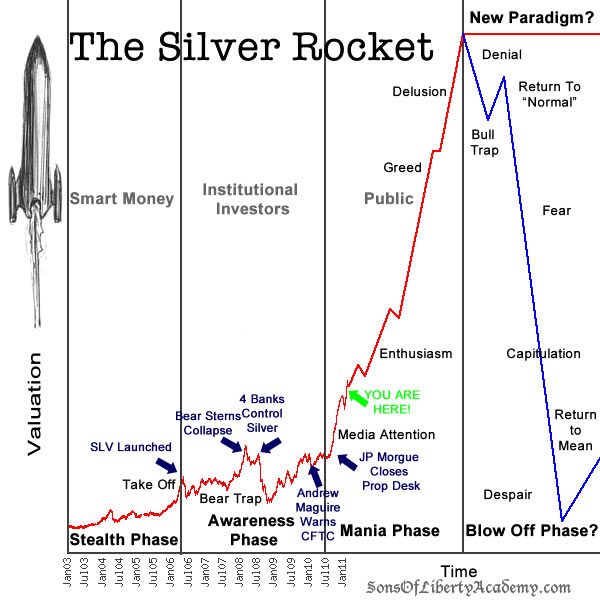
The manic phase of bipolar sometimes requires hospitalization and - more frequently than admitted - involves psychotic features. Narcissists are never hospitalized as the risk for self-harm is minute. Moreover, psychotic microepisodes in narcissism are decompensatory in nature and appear only under unendurable stress (e.g., in intensive therapy).
The bipolar's mania provokes discomfort in both strangers and in the patient's nearest and dearest. His/her constant cheer and compulsive insistence on interpersonal, sexual, and occupational, or professional interactions engenders unease and repulsion. Her/his lability of mood - rapid shifts between uncontrollable rage and unnatural good spirits - is downright intimidating. The narcissist's gregariousness, by comparison, is calculated, "cold", controlled, and goal-orientated (the extraction of Narcissistic Supply). His cycles of mood and affect are far less pronounced and less rapid.
The bipolar's swollen self-esteem, overstated self-confidence, obvious grandiosity, and delusional fantasies are akin to the narcissist's and are the source of the diagnostic confusion. Both types of patients purport to give advice, carry out an assignment, accomplish a mission, or embark on an enterprise for which they are uniquely unqualified and lack the talents, skills, knowledge, or experience required.
Both types of patients purport to give advice, carry out an assignment, accomplish a mission, or embark on an enterprise for which they are uniquely unqualified and lack the talents, skills, knowledge, or experience required.
But the bipolar's bombast is far more delusional than the narcissist's. Ideas of reference and magical thinking are common and, in this sense, the bipolar is closer to the schizotypal than to the narcissistic.
There are other differentiating symptoms:
Sleep disorders - notably acute insomnia - are common in the manic phase of bipolar and uncommon in narcissism. So is "manic speech" - pressured, uninterruptible, loud, rapid, dramatic (includes singing and humorous asides), sometimes incomprehensible, incoherent, chaotic, and lasts for hours. It reflects the bipolar's inner turmoil and his/her inability to control his/her racing and kaleidoscopic thoughts.
As opposed to narcissists, bipolar in the manic phase are often distracted by the slightest stimuli, are unable to focus on relevant data, or to maintain the thread of conversation. They are "all over the place" - simultaneously initiating numerous business ventures, joining a myriad organization, writing umpteen letters, contacting hundreds of friends and perfect strangers, acting in a domineering, demanding, and intrusive manner, totally disregarding the needs and emotions of the unfortunate recipients of their unwanted attentions. They rarely follow up on their projects.
They are "all over the place" - simultaneously initiating numerous business ventures, joining a myriad organization, writing umpteen letters, contacting hundreds of friends and perfect strangers, acting in a domineering, demanding, and intrusive manner, totally disregarding the needs and emotions of the unfortunate recipients of their unwanted attentions. They rarely follow up on their projects.
The transformation is so marked that the bipolar is often described by his/her closest as "not himself/herself". Indeed, some bipolars relocate, change name and appearance, and lose contact with their "former life". Antisocial or even criminal behavior is not uncommon and aggression is marked, directed at both others (assault) and oneself (suicide). Some biploars describe an acuteness of the senses, akin to experiences recounted by drug users: smells, sounds, and sights are accentuated and attain an unearthly quality.
As opposed to narcissists, bipolars regret their misdeeds following the manic phase and try to atone for their actions.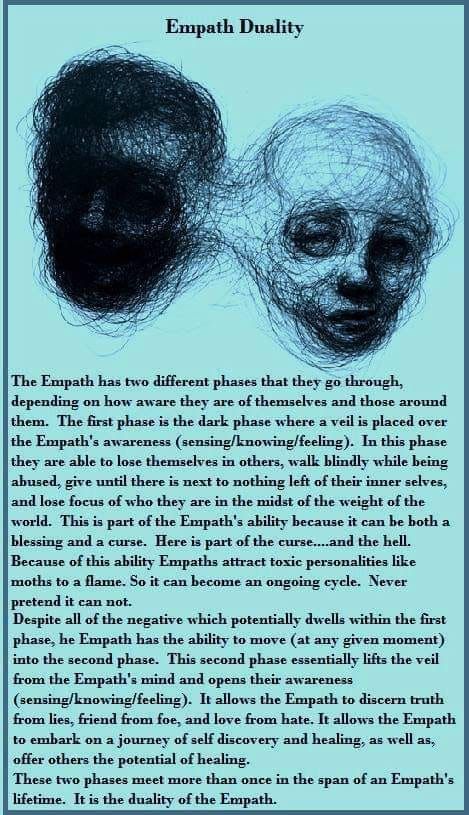 They realize and accept that "something is wrong with them" and seek help. During the depressive phase they are ego-dystonic and their defenses are autoplastic (they blame themselves for their defeats, failures, and mishaps).
They realize and accept that "something is wrong with them" and seek help. During the depressive phase they are ego-dystonic and their defenses are autoplastic (they blame themselves for their defeats, failures, and mishaps).
Finally, pathological narcissism is already discernible in early adolescence. The full-fledged bipolar disorder - including a manic phase - rarely occurs before the age of 20. The narcissist is consistent in his pathology - not so the bipolar. The onset of the manic episode is fast and furious and results in a conspicuous metamorphosis of the patient.
More about this topic here:
Stormberg, D., Roningstam, E., Gunderson, J., & Tohen, M. (1998) Pathological Narcissism in Bipolar Disorder Patients. Journal of Personality Disorders, 12, 179-185
Roningstam, E. (1996), Pathological Narcissism and Narcissistic Personality Disorder in Axis I Disorders. Harvard Review of Psychiatry, 3, 326-340
next: Misdiagnosing Narcissism - Asperger's Disorder
APA Reference
Vaknin, S. (2008, December 29). Misdiagnosing Narcissism - The Bipolar I Disorder, HealthyPlace. Retrieved on 2022, October 28 from https://www.healthyplace.com/personality-disorders/malignant-self-love/misdiagnosing-narcissism-the-bipolar-i-disorder
(2008, December 29). Misdiagnosing Narcissism - The Bipolar I Disorder, HealthyPlace. Retrieved on 2022, October 28 from https://www.healthyplace.com/personality-disorders/malignant-self-love/misdiagnosing-narcissism-the-bipolar-i-disorder
was sent by our like -minded person L IZARD_R
(SAM Vaknin, translation of narcissism and bipolar disorder; "Bipolards" were translated as "Bipolar" for the sake of shortness)
people who have
people bipolar disorder, in the manic phase, many of the signs and symptoms of pathological narcissism are found - hyperactivity, self-centeredness, lack of empathy, and difficulty controlling anger. During this recurring stage of illness, the patient is euphoric, has grandiose fantasies, makes unrealistic schemes, and is often prone to outbursts of anger (irritable) if his desires are not satisfied or something interferes with his plans.
However, manic episodes are limited in time, whereas narcissistic disorder is not. In addition, manias are usually followed by depressive episodes. Narcissists also often experience dysphoria. But while the bipolar dives into the depths of self-abasement, self-depreciation, endless pessimism, all-encompassing guilt, and anhedonia, the narcissist, even when depressed, never gives up his narcissism: his grandiosity, sense of entitlement, arrogance, and lack of empathy.
The periods of narcissistic dysphoria are much shorter and reactive - they represent a response to the gap of greatness. In simple terms, the narcissist is dejected when confronted with the abyss between his inflated self-esteem and grandiose fantasies and grim reality: failure, lack of achievement, interpersonal breakdown, or low social status.
However, one dose of "narcissistic feeding" is enough to lift the narcissist from the depths of nothingness to the heights of manic euphoria.
Not so with bipolar disorder. It is believed that the cause of mood swings lies in the biochemistry of the brain, and not in the presence or absence of "narcissistic nutrition".
It is believed that the cause of mood swings lies in the biochemistry of the brain, and not in the presence or absence of "narcissistic nutrition".
While narcissists are in complete control of their minds, even when they are maximally aroused, bipolars often feel they have lost control of their brain ("thought racing"), speech, attention, distractibility, motor functions.
Bipolar people are prone to reckless behavior and substance abuse, usually during the manic phase. Narcissists use drugs, drink alcohol, gamble, shop on credit, engage in unsafe sex, or engage in other compulsive behaviors during both their ups and downs.
Typically, the manic phase of bipolar disorder disrupts social and professional functioning. Many narcissists, on the other hand, reach the highest position in their community, church, firm, or voluntary organization during their highs. For the most part, they function flawlessly, although the inevitable outbursts of aggressiveness and "extortion" of the narcissistic resource can end the career and social connections of the narcissist.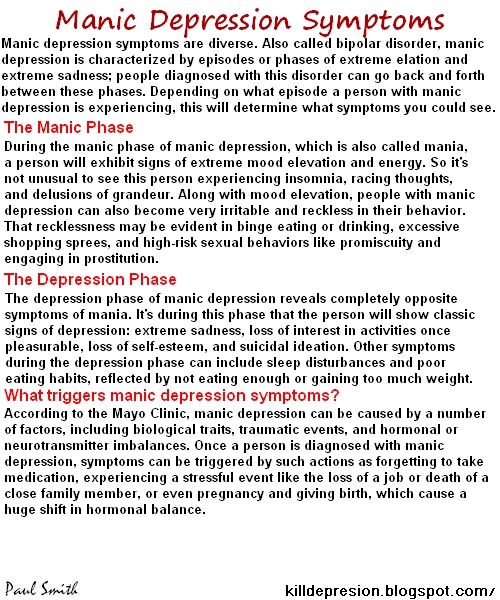
The manic phase of bipolar disorder sometimes requires hospitalization and, more often than not, involves psychotic symptoms. Narcissists never end up in the hospital as the risk of harming themselves is very low. Moreover, psychotic micro-episodes in narcissism are the result of decompensation and occur only under the influence of intolerable stress (for example, during intensive care).
The mania of a bipolar patient causes discomfort both in strangers and in the closest relatives and friends. His constant too cheerful mood and active behavior, obsessive persistence in interpersonal, sexual, professional interactions cause anxiety or even disgust. His/her mood lability - rapid switching between uncontrollable rage and unnaturally good mood is very frightening.
The sociability of narcissists, in comparison with the manic, is prudent and "cold", controlled and goal-oriented. The mood and affect cycles of narcissists are much less pronounced and not as fast.
Inflated self-esteem and self-confidence, apparent grandiosity and delusional fantasies in bipolar disorder are akin to narcissism, which leads to diagnostic confusion.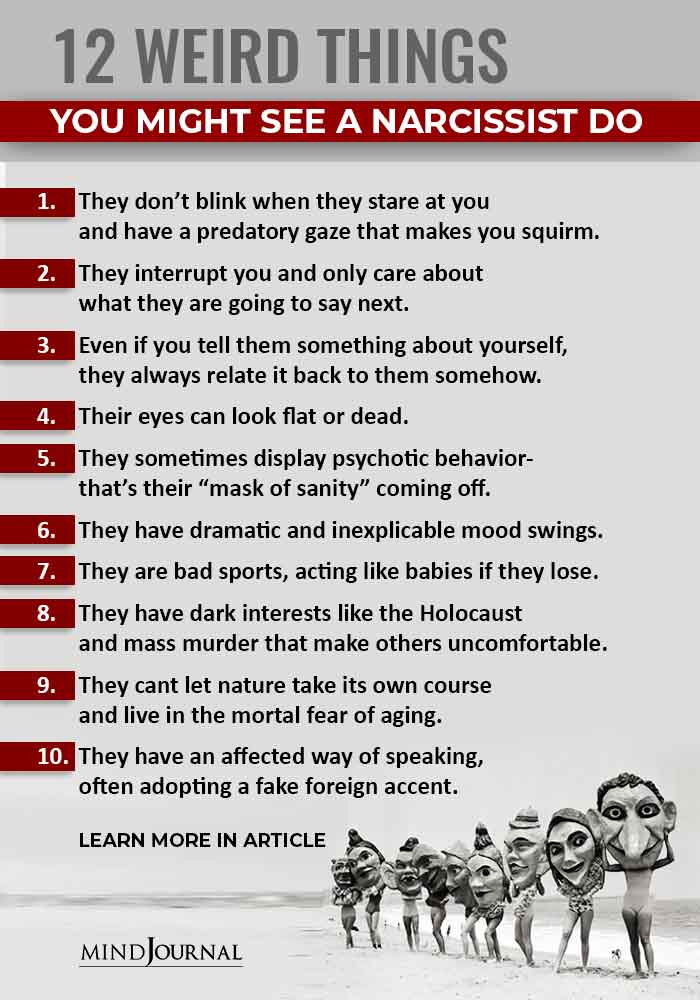 Both types of patients may give advice, take on assignments, or go into ventures that clearly require a much higher level of skill, knowledge, talent, or experience than is actually available.
Both types of patients may give advice, take on assignments, or go into ventures that clearly require a much higher level of skill, knowledge, talent, or experience than is actually available.
But at the same time, bipolar pretentiousness is much more delusional than narcissistic. Ideas of relation and magical thinking are common to the two disorders, but bipolar disorder is closer in this sense to schizo spectrum disorders than to narcissism.
There are other distinguishing features.
Sleep disturbances, especially acute insomnia, are common in the manic phase and uncommon in narcissistic disorder.
As well as "manic speech" - pressure, continuity, fast, dramatic narration (includes singing and humor), sometimes incomprehensible, incoherent, chaotic and can last for hours. This reflects the inner turmoil inherent in mania and the inability of people in mania to control their racing and kaleidoscopic thoughts.
Unlike narcissists, bipolar patients in the manic phase are often distracted by the slightest stimulus, unable to focus on relevant data, and lose the thread of conversation. They are "everywhere", simultaneously starting numerous business projects, joining countless organizations, communicating with hundreds of friends and strangers, acting in an overbearing, demanding and intrusive manner, completely ignoring the needs and emotions of the recipients of their unwanted attention. They seldom carry out their plans to the end.
They are "everywhere", simultaneously starting numerous business projects, joining countless organizations, communicating with hundreds of friends and strangers, acting in an overbearing, demanding and intrusive manner, completely ignoring the needs and emotions of the recipients of their unwanted attention. They seldom carry out their plans to the end.
The transformation is so marked that the bipolar patient is often described by his inner circle as "not himself". Some bipolars move, change their appearance and lose contact with their "old life".
Antisocial or even criminal behavior is not unusual for them, aggression is noted, directed both at others (up to attacks) and at themselves (up to suicide). Some bipolars describe an acuity similar to that reported by drug users: smells, sounds, and visual cues are accentuated and perceived as something perfect and ethereal.
Unlike narcissists, bipolar people regret their actions after a manic phase and try to atone for their guilt.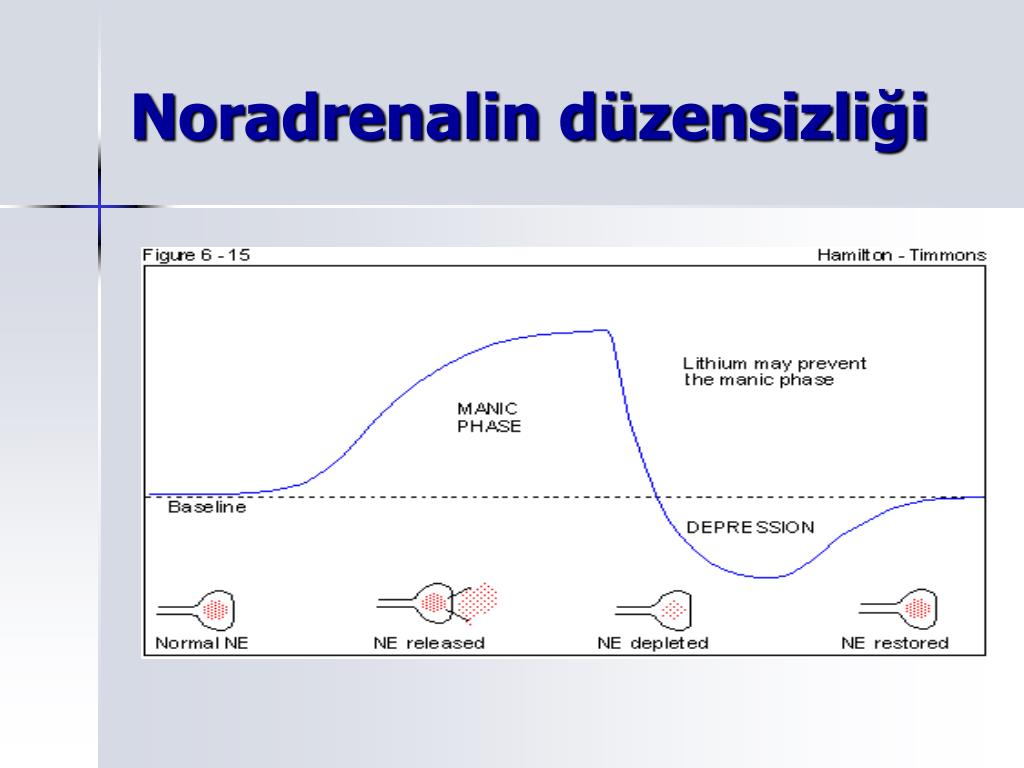 They understand and accept that “something is wrong with them” and seek help. During the depressive phase, their state is ego-dystonic and their defenses are autoplastic (autoplastic adaptation - a form of adaptation in which the subject tries to change himself when faced with a difficult situation), they blame themselves for their defeats, mistakes and failures.
They understand and accept that “something is wrong with them” and seek help. During the depressive phase, their state is ego-dystonic and their defenses are autoplastic (autoplastic adaptation - a form of adaptation in which the subject tries to change himself when faced with a difficult situation), they blame themselves for their defeats, mistakes and failures.
Finally, pathological narcissism manifests itself already in early adolescence. Fully developed type I bipolar disorder (meaning including the full manic phase) rarely occurs before the age of twenty.
The narcissist is consistent in his pathology - not like a bipolar person. The onset of a manic episode in bipolar disorder quickly leads to noticeable changes in the person.
Tags: bipolar affective disorder, diagnosis
who is a perverse narcissist? - T&P
Moral abuse, or abuse, in the Russian context is considered almost a phenomenon that lies within the framework of social norms - however, in reality, it is often a consequence of a narcissistic personality disorder.
 For a healthy person, such communication can be very destructive and can cause deep depression. T&P talk about how to identify a moral abuser and fight back.
For a healthy person, such communication can be very destructive and can cause deep depression. T&P talk about how to identify a moral abuser and fight back.
What is narcissism?
The very word "abuse" is translated from English as "violence" and "abuse". Abuse in interpersonal relationships is familiar to most of us - but not everyone knows that they may not be the result of neglect, but the result of narcissistic personality disorder (NPD), which affects one of the participants in the relationship. This pathology occurs in a significant number of people: from 1 to 8% of the total population of the planet, according to various estimates. According to the DSM-V international classification of diseases, it can be defined by the general signs of a personality disorder (grand conceit, fantasies of unlimited power or ideal love, belief in one's "exclusivity", the need for an exaggerated expression of delight in one's address, the illusion of one's own special rights, a tendency to exploit people, lack of empathy, envy and arrogant attitude towards people), which are accompanied by specific disorders in the work of the individual and in the process of building interpersonal relationships.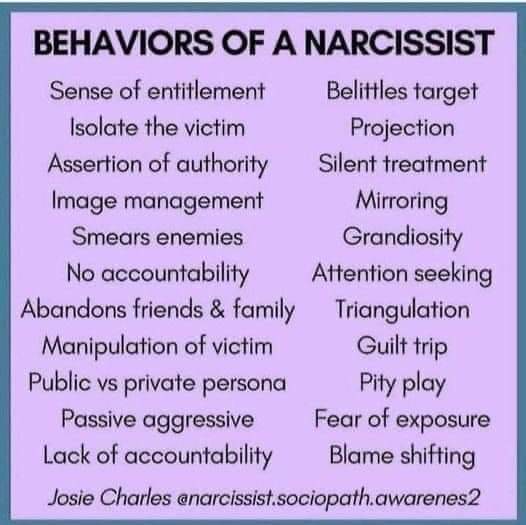
A person with narcissistic disorder is self-focused, obsessed with the idea of his own greatness and superiority, clinically incapable of empathy and does not feel guilty for wrongdoing. He devalues what is connected with others and idealizes what is connected with himself. At the same time, the narcissist does not suffer from hallucinations, does not show signs of manic states, and generally gives the impression of a completely healthy person.
Perverted narcissists do not choose weak or insecure people as their "victims". Their target audience is bright wise men and smart people.
Of course, not every person with NRL will start doing atrocities if you get close to him. As with any mental health diagnosis, this one has a fairly wide gradient, so that the patient may or may not be aware of the problem, or may not be fully aware of it, fight or not, stubbornly change therapists in search of a truly effective treatment, or methodically bring partners to suicide.
With the right organization and planning, the home office is not a punishment but an opportunity. For business - to save resources, for employees - to get rid of the feeling that life is passing by. If you do not neglect the rules of the organization, learn management at a distance, use modern technologies and systems, you can set up an effective home office for employees in just one day. More about the BeeFREE solution from Beeline Business at the link.
Really dangerous for others is a type called "perverted narcissist". This definition was first voiced by the French doctor of psychiatry, specialist in the field of victimology and criminology, Marie-France Yrigoyen, author of the book Moral Harassment. A distinctive quality of perverted narcissists is the ability to turn any situation on its head, distorting its details and partner's conclusions ("perverted" - from the Latin "pervertere" - "pervert, twist"). It is they who choose moral violence as an instrument of interpersonal relations, and it is not easy to get away from them without crippling the psyche.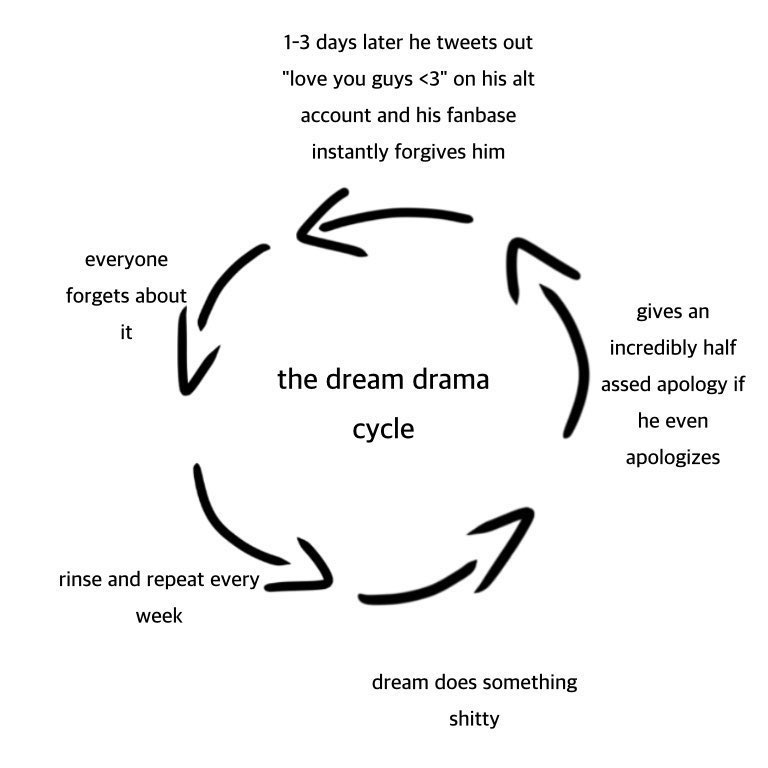
How do you spot a perverted narcissist?
Perverse narcissists do not choose weak or insecure people as their "victims". Their target audience is bright smart people, open, successful, impressionable, full of optimism and vitality. Often relationships with perverted narcissists end for their spouses and friends with clinical depression and suicide, even more often with psychological traumas that then heal for years, if they heal at all.
A perverted narcissist can be identified by their distinctive behaviors, which they usually fail to fully disguise despite their developed adaptive skills and brilliant image. In general, the following details should alert the potential “victim”.
1) The person speaks negatively about past partners, verbally blaming them for problems or a breakup.
2) A person is not inclined to plead guilty and shifts responsibility to others.
3) Having met this person, the partner began to sleep less, eat poorly, lose weight, become dizzy in his presence, or faced other unpleasant changes in the state of health. It is generally accepted that lovers and friends of perverted narcissists begin to lose psychosomatics early, and this happens even against the background of an apparent absence of problems.
It is generally accepted that lovers and friends of perverted narcissists begin to lose psychosomatics early, and this happens even against the background of an apparent absence of problems.
4) A person strives to bind a partner to himself as early as possible, up to marriage or moving.
© Sara Andreasson
5) Perverted narcissists sometimes have "inhuman reactions", although in general such people carefully monitor their behavior. Like patients with psychopathy, they do not experience emotions in the conventional sense of the word, but they imitate them perfectly. Narcissists are able to observe those around them, calculating successful mechanisms of influence, but in unusual circumstances they can show insensitivity, a lust for power, or anything else that lies outside the scope of normal reactions. For example, such a person is able to tell how “well” he punished the offender (and the punishment will look disproportionate to the offense), how witty he used someone, or how interesting it is to watch other people suffer.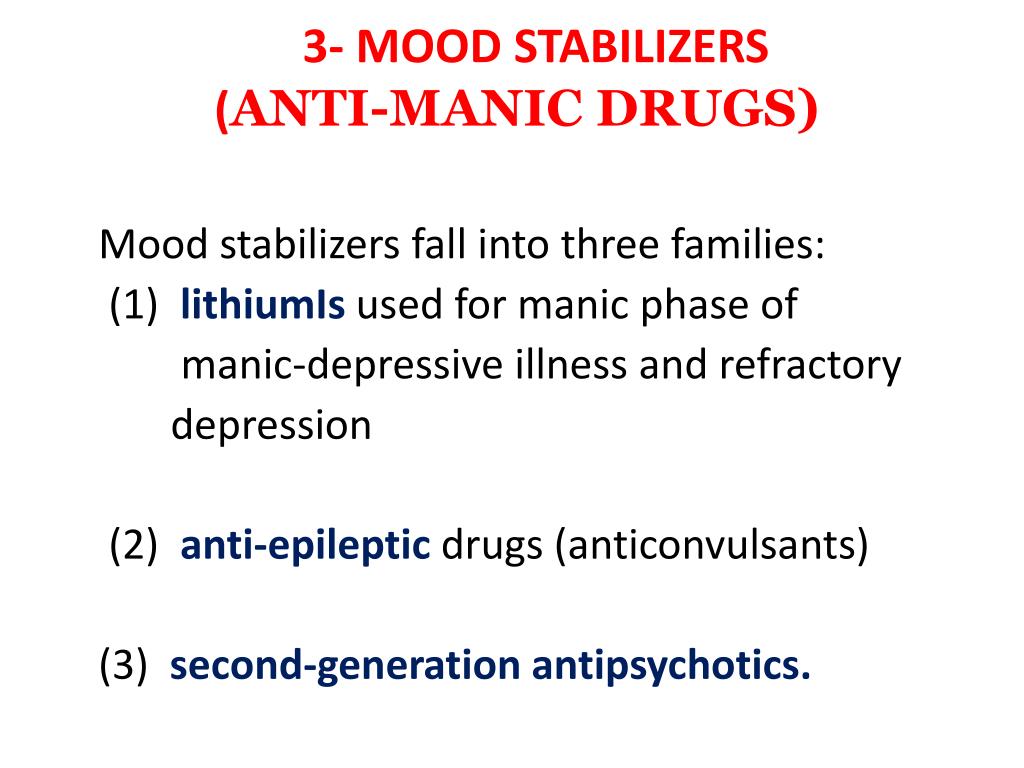
How does abuse work?
The first stage of a relationship with a perverted narcissist is sometimes referred to by researchers as the “honeymoon.” During this period, a partner can come to visit his “superhero” and find that he has prepared his favorite dish from childhood, or find an exact copy of a long-lost precious pendant on his desk, or get tickets to Bora Bora for a birthday party.
The honeymoon looks perfect, but it can't last forever. After all, in the place of self-esteem in a perverted narcissist, figuratively speaking, there is a gaping bottomless hole into which all the delights of others and his own achievements are sucked in vain. Due to a personality disorder in the depths of his soul, such a person feels insignificant, experiences desperate envy and anger. The lack of empathy does not allow him to empathize, and the illusion of his own greatness does not allow him to perceive other people as equals. For a while, the narcissist manages to hold back negative feelings (solely for strategic reasons), but then his patience ends.
The laws of communication are depreciated, respect disappears, and from a precious chosen one or dear friend, the second person quickly turns into a disenfranchised violator.
The moment this happens, the "honeymoon" ends and the so-called "ice shower" stage begins. A prince or princess suddenly, often in just one terrible day, turns into an unpredictable aggressive creature that attacks a partner with the cruelty of a chimera and manages to turn his whole picture of the world upside down in a few hours. The laws of communication are depreciated, respect disappears, and from a precious chosen one or dear friend, the second person quickly turns into a disenfranchised violator.
As is normal for a mentally healthy person, a lover or friend of an NPD patient in such a situation is likely to begin to suspect that there is some guilt in what happened. This is exactly what the perverted narcissist needs. At the second stage of the relationship, his task is to destroy the partner’s self-esteem, humiliate him and thus assert himself. This is why such people tend to keep partners close, resurrecting honeymoon circumstances as necessary, and then reassuming their basic aggressive form.
This is why such people tend to keep partners close, resurrecting honeymoon circumstances as necessary, and then reassuming their basic aggressive form.
Boycott and inexplicability
Despite the fact that from the point of view of the victim, the behavior of a perverted narcissist looks unpredictable, in reality this person uses recognizable tricks, which are described in detail in the first Russian-language book on communication techniques for patients with NPD - "Be afraid, I you” by the writer and journalist Tatyana Kokina-Slavina:
• “an attack of anger”, when a narcissist in a harmless situation suddenly shows wild rage;
• gross violation of an important promise or defiant failure to fulfill obligations;
• "accidental" disclosure of a shameful secret, which becomes available due to the stuffing of compromising evidence;
• pause in communication not agreed with the partner, i.e. boycott;
• a statement about an alleged breakup or a frank hint that a breakup may occur, presenting a list of conditions;
• perceptible but unmotivated cooling of relations.
Of course, all of the above can happen in a relationship without NPD, healthy or not, for a variety of reasons. The following criteria can be used to correctly assess the circumstances and test them “for narcissism”:
• the presence of a strong negative emotional response,
• the suddenness of the antics and the absence of clear motives,
• the denial of what happened on the part of the alleged narcissist.
Such denial can take the form of gaslighting, one of the methods of psychological abuse, which is designed to dissuade the partner from what he clearly saw, confuse him and lead to false conclusions. Typical phrases in this case sound like “there was nothing like that”, “I don’t understand what you mean”, “you complicate everything”, “you overreact to ordinary remarks”, etc. As a rule, such an onslaught greatly deprives balance, so that a person really begins to doubt himself.
An ugly scene after the "honeymoon" completes the first circle of relationships, and after that communication becomes cyclical.
© Sara Andreasson
In dealing with partners, perverse narcissists often appeal to their "hypersensitivity" and tendency to create problems out of the blue. A person is steadily losing his rights in communication with him: the right to ask questions and receive answers, to talk about his feelings and get angry. Anger and discontent turn out to be "unreasonable" or "irrational." Indeed, in order to gain complete power over the partner and legitimize the absence of human feelings, the perverted narcissist needs to depersonalize him, destroying his "I".
Anger and discontent turn out to be "unreasonable" or "irrational." Indeed, in order to gain complete power over the partner and legitimize the absence of human feelings, the perverted narcissist needs to depersonalize him, destroying his "I".
In the second stage of the relationship, the perverted narcissist has two recognizable tools: "holding tactics" in dialogue and "water torture". The first technique is usually expressed in the fact that the discussion of relationships, as well as the ability to express one's thoughts and feelings, is blocked. The narcissist diverts the topic of conversation, digresses into other things, reduces the conversation to a joke, puts it off for later, taunts, complains about feeling unwell, and devalues the interlocutor in other ways. For example, patients with NPD often display a hostile coldness that is denied. This strategy allows them to make their partner angry and cry, then to ridicule his anger and thus humiliate him.
“Water torture” is performed without raising the voice.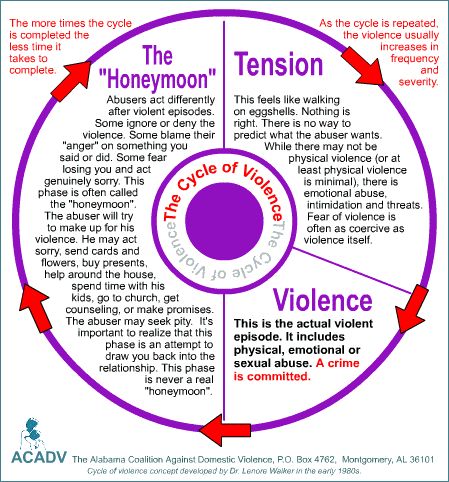 In the process, the narcissist twists, turns inside out, and brings to the point of absurdity the partner's words without removing the bored haughty mask. Of course, not everyone can stand such treatment, so many narcissists lose their victims at some point. This causes fear and even panic in them, so that the methods of moral violence are instantly replaced by a new "honeymoon". This game can go on for many months or even years.
In the process, the narcissist twists, turns inside out, and brings to the point of absurdity the partner's words without removing the bored haughty mask. Of course, not everyone can stand such treatment, so many narcissists lose their victims at some point. This causes fear and even panic in them, so that the methods of moral violence are instantly replaced by a new "honeymoon". This game can go on for many months or even years.
How to deal with a perverted narcissist?
The only way to escape moral abuse from a perverted narcissist is to stop communicating with him. You need to understand that such people behave this way because of mental pathology, and they cannot be re-educated, changed, healed, remade or saved. His problem can be partly solved only by a psychotherapist or psychiatrist, who is also capable of prescribing the necessary medicines. Today, doctors do not know why patients develop narcissistic personality disorder. Some experts are sure that it is genetically transmitted, others believe that it is only a matter of upbringing, when a person is not paid attention in childhood, or, on the contrary, they evaluate him too harshly.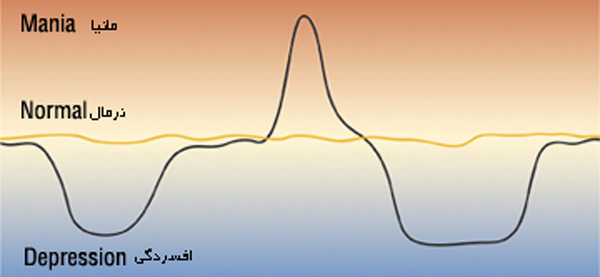 In addition, there is a theory that the prevalence of NPD increases during unfavorable periods of history. One way or another, none of the narcissists is to blame for getting sick, even if they behave like a sadist. Although this, of course, does not mean that you can allow him to torture himself.
In addition, there is a theory that the prevalence of NPD increases during unfavorable periods of history. One way or another, none of the narcissists is to blame for getting sick, even if they behave like a sadist. Although this, of course, does not mean that you can allow him to torture himself.
As with any painful relationship, it is better to leave these relationships with the support of a psychologist, and even better, a psychotherapist. There is absolutely no shame in asking for help: after all, we do not hesitate to show our injured ankle to the surgeon instead of applying psyllium leaves to it for weeks. Talking with a specialist will help you get over the pain of humiliation and loss, start putting everything in its place, understand what exactly happened, and find ways to cope with it.
The only way to escape moral abuse from a perverted narcissist is to stop communicating with him.
An intermediate option: to leave the narcissist in place and improve yourself, unfortunately, does not exist.





